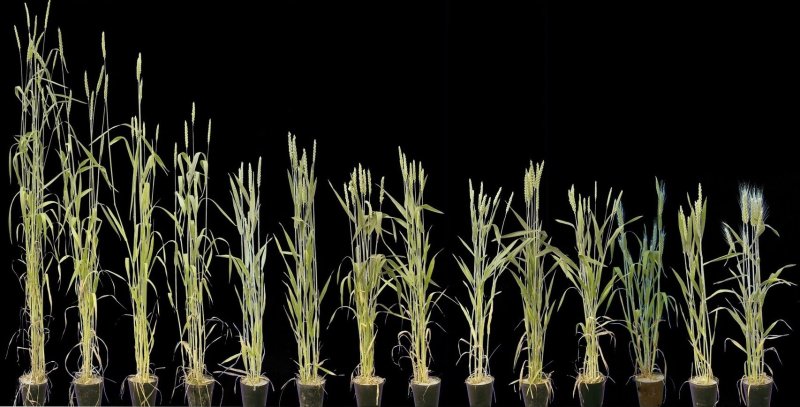Climate change is placing pressure on productivity. Yields have steadily increased from a global average of only just over 1 ton/ha in the early 1960s to the current 3.5 tons/ha, nearly quadrupling global wheat production over the period. But this rate of gain has levelled out and researchers suggest that six decades of warming and drought in the world’s top wheat-producing countries offset the benefits of rising CO2 to yield.
The goal is to mobilise this yield gap through targeted breeding. “We are aiming at breeding for maximising the genetic yield potential at the moment. We try to understand how a crop should look, in terms of traits, to maximise yield based on the resources available [such as] solar radiation, temperature, water, nutrients,” [Professor Senthold Asseng] told this publication. “For this, we use crop simulation models which can calculate growth and yield under various growing conditions across the world and with various currently available and hypothetical crop characteristics (traits) available in the genetic resource pool.”
Currently, the team is leaning on traditional crop breeding techniques. However, Professor Asseng told us the process could be hastened through New Plant Breeding Techniques (NPBTs) such as gene editing.































